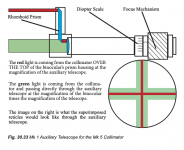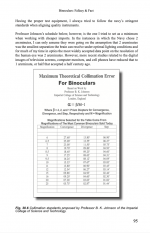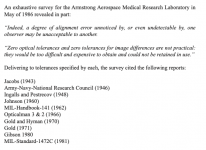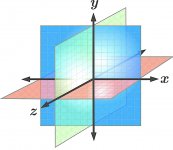WJC
Well-known member
William,Hi Bill.
That's a shame for the current discussion but it's your knowledge and entirely up to you whether to share it or monetize it. I can understand both perspectives.
Interestingly this is the thread i've had most PM's from offering advice which is all most welcome, I might check in with the members concerned and post up some anonymised responses for the sake of the discussion.
Will
I have been away since post 7. But I will try to answer William’s questions and a few other that came along the way. But first, I would like to support Binastro’s take on the matter. IF IT AIN’T BROKE ... DON’T FIX IT!
William: The aspect of monetary gain: I would certainly like to make a little money off my efforts. However, THAT’S NOT WHY I WROTE THEM! I wrote them so that I might stop answering the same questions night after night after night and then get up to a 40-mile commute in the nation’s 4th worst traffic. Besides, I have learned that so many people would rather rally around popular—but foolish and erroneous—information than by buying a cheap book from one who has a half century in the craft.
The first graphic shows you what you might see in a Mk5 collimator.
Your collimator might be a telescope ... backwards. The second photo is of Cory Suddarth doing collimation jobs at the Okie Tex Star party. He is using a C-8. You saw MY binocular mount in one of my previous photos. It’s Navy all the way. But photo 3 shows you what will work just fine.
You will need a low-power auxiliary telescope. The blue folder show the one Australian Bruce Davis made. So instead of two crosshairs, you might see two dots of light. If one is 20 times bigger that the other, it’s irrelevant. The center of a dot is the center of a dot; and that’s what you’re after.
Thorough instructions for using a Mk5 collimator is available in both books. They take up about a page and a quarter, as opposed another popular method that takes up 31 pages of text and graphics. I honor that contributor and mention him in one of my books. Still, I think the instructions frighten of those who could use the info.
Cheers,
Bill
Attachments
-
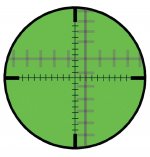 Col. Target 5 300 dpi copy.jpg235 KB · Views: 37
Col. Target 5 300 dpi copy.jpg235 KB · Views: 37 -
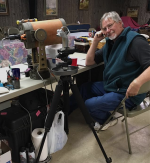 Screen Shot 2022-08-07 at 3.36.34 PM.png1.2 MB · Views: 35
Screen Shot 2022-08-07 at 3.36.34 PM.png1.2 MB · Views: 35 -
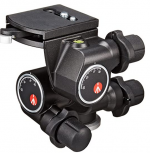 Screen Shot 2020-05-26 at 11.59.16 AM copy.png249.3 KB · Views: 33
Screen Shot 2020-05-26 at 11.59.16 AM copy.png249.3 KB · Views: 33 -
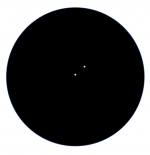 Screen Shot 2022-08-07 at 3.44.37 PM.png24.3 KB · Views: 31
Screen Shot 2022-08-07 at 3.44.37 PM.png24.3 KB · Views: 31 -
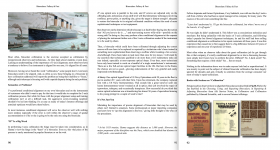 Screen Shot 2022-08-07 at 4.12.10 PM copy.png1 MB · Views: 36
Screen Shot 2022-08-07 at 4.12.10 PM copy.png1 MB · Views: 36 -
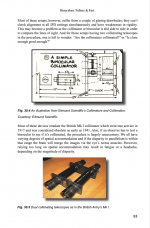 Screen Shot 2022-08-07 at 3.59.31 PM copy.png348.1 KB · Views: 33
Screen Shot 2022-08-07 at 3.59.31 PM copy.png348.1 KB · Views: 33 -
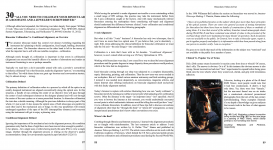 Screen Shot 2022-08-07 at 4.10.14 PM copy.png835.8 KB · Views: 35
Screen Shot 2022-08-07 at 4.10.14 PM copy.png835.8 KB · Views: 35







